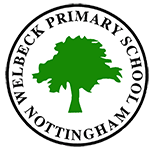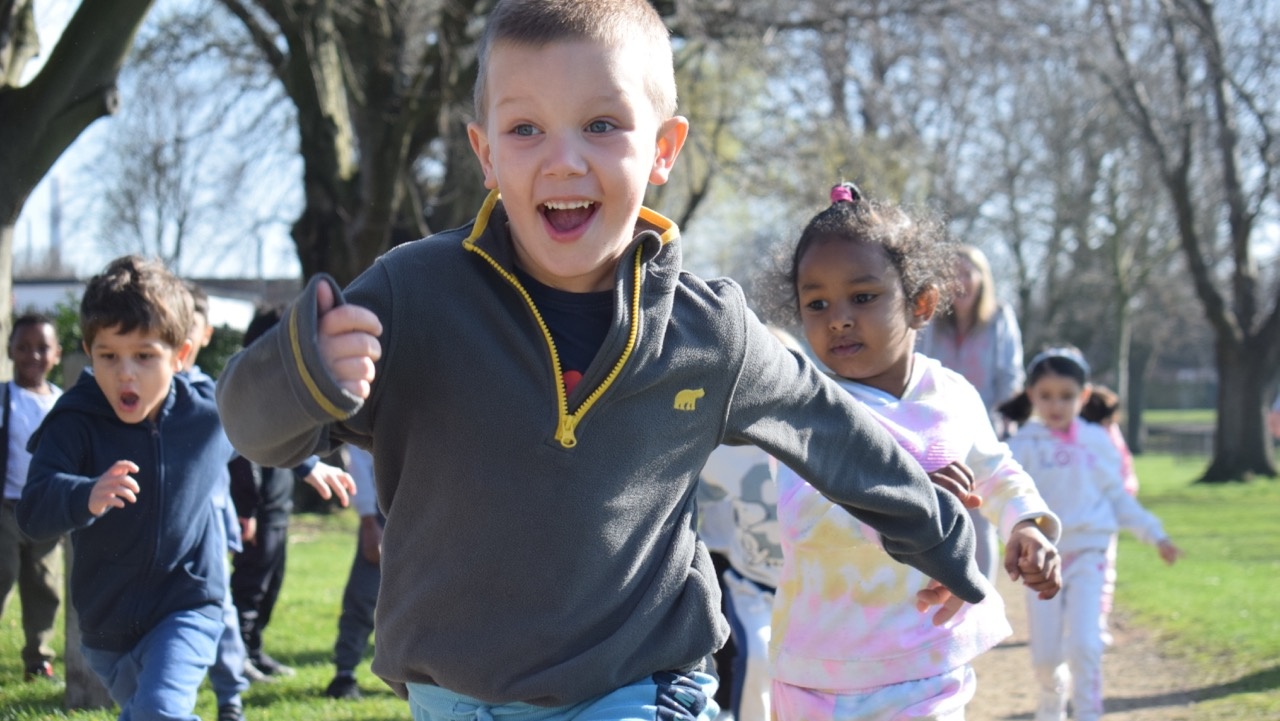Year 2
Children learn to:
Speak and listen for a wide range of purposes in different contexts
1. Speaking
- speak with clarity and use intonation when reading and reciting texts
- tell real and imagined stories using the conventions of familiar story language
- explain ideas and processes using language and gesture appropriately
2. Listening and Responding
- listen to others in class, ask relevant questions and follow instructions
- listen to talk by an adult, remember some specific points and identify what they have learned
- respond to presentations by describing characters, repeating some highlight and commenting constructively
3. Group discussion and interaction
- ensure everyone contributes, allocate tasks, and consider alternatives and reach agreement
- work effectively in groups by ensuring each group member takes a turn challenging, supporting and moving on
- listen to each other’s views and preferences, agree the next steps to take and identify contributions by each group member
4. Drama
- adopt appropriate roles in small or large groups and consider alternative courses of action
- present part of traditional stores, own stories or work from different parts of the curriculum for members of their own class
- consider how mood and atmosphere are created in live or recorded performance
Read a wide range of texts on screen and on paper
5. Word reading skills and strategies
- recognise less common digraphs and trigraphs, exploring word families
- routinely apply phonic knowledge for reading unknown or difficult words
- use syntax, context and word structure when reading for meaning
- use knowledge of word structure to support reading, including polysyllabic words
6. Understanding and interpreting texts
- draw together ideas and information from across a whole text, using simple signposts in the text
- give some reasons for why things happen or characters change
- explain organisational features of texts, including alphabetical order, layout, diagrams, captions, hyperlinks and bullet points
- explore how particular words are used, including words and expressions with similar meanings
7. Engaging with and responding to texts
- read whole books on their own, choosing and justifying selections
- engage with books through exploring and enacting interpretations
- explain their reactions to texts, commenting on important aspects
Write a wide range of texts on paper and on screen
8. Creating and shaping texts
- draw on knowledge and experience of texts in deciding and planning what and how to write
- sustain form in narrative, including use of person and time
- maintain consistency in non-narrative, including purpose and tense
- make adventurous word and language choices appropriate to style and purpose of text
- select from different presentational features to suit particular writing purposes on paper and on screen
9. Text structure and organisation
- use planning to establish clear sections for writing
- use appropriate language to make sections hang together
10. Sentence structure and punctuation
- write simple and compound sentences and begin to use subordination in relation to time and reason
- use tense consistently (present, past and imperative)
- use question marks and use commas to separate items in a list
11. Word structure and spelling
- spell new words using phonics and a range of self-checking strategies
- spell correctly common inflections, including plurals, tenses (-ing, -ed), words with double letters and common prefixes
12. Presentation
- write legibly, with ascenders and descenders distinguished
- use upper and lower case letters appropriately within words
- word process short narrative and non-narrative texts

